4" or 6" Recessed Lighting, 9 & 10 Ft. Ceilings
T
5 years ago
Featured Answer
Sort by:Oldest
Comments (50)
Virgil Carter Fine Art
5 years agotatts
5 years agoRelated Discussions
625 vs 800l Cree CR6 (9-10ft ceilings)
Comments (3)We replaced the incandescent bulbs in our cans with teh EcoSmart bulb and trim unit (they have Cree "bulbs"). This one is 575 lumens at 2700K, Our ceilings are 9 ft, 10 ft and vaulted from 10-14 ft with the lights near the top in that room. The light is brighter and cleaner than the 90w bulbs we had -- trying to get some decent light in that vaulted family room. We changed our ceiling fan to one that didn't have a light, and we haven't missed it. As for price, we found that the Home Depot to the west of our home sold them for about $25 less per unit that the Home Depot to the east. We now have all the cans replaced. Guess where we bought them all? LOL Working on the fixture bulbs. This post was edited by lascatx on Tue, Sep 30, 14 at 11:34...See MoreCan I replace a recessed can light w/ a 4-ft long rectangular light?
Comments (7)if you haven't tackled this yet, look for an LED fixture with integrated lamps. Try an electrical wholesale house such as CED or Graybar, IF you aren't worried about cosmetics. Have your electrician check for you. Don't bother with big box stores. They only carry basics. Honestly, I would be looking for something more aesthetic than what they call a troffer fixture. Maybe you don't care about the looks but for resale, there are many attractive options like adding more cans that could operate on the same switch. Your issue is not replacing one fixture with another because there is just a wire in the ceiling that will be used to power any fixture you choose to use....See MoreWhat ceiling height to use 9ft or 10 ft.
Comments (16)I much prefer 10 foot ceilings as long as everything is proportional. I agree there is more drama with the higher ceiling and kitchen cabinetry that goes all the way up looks great with lighted glass fronts. It really is a matter of personal taste. Some prefer it lower and say it’s more cozy. To me it feels more claustrophobic. Honestly though, my home feels super cozy with our 10 foot ceilings. Lighting, color scheme, and decor are what really contribute to having a warm and inviting space. It’s hard to make this kind of decision for someone else. If, when you’re in homes with the higher ceilings, you really like the look and feel, then that’s what I’d go for. Our first floor is 10 foot and we did 9 feet on the second floor. I could kick myself for that one. We should have done 10 on both floors. There is a VERY noticeable difference when going upstairs moving from 10 feet to 9 feet. Our upstairs landing feels like a hobbit space in comparison. IMO, if one has a two story home, both floors should have the same ceiling heights....just looks and flows much better that way....See MoreShould we put 9 ft. or 10 ft. ceilings in a new Craftsman build?
Comments (100)cpartist give excellent suggestions for how to deal with 10 foot tall kitchens, keeping the ambiance Craftsman and attractive. I will note I find 9 foot tall ceilings plenty fine for me, but go with feels comfortable to you. Although I do have a cathedral ceiling in the public part of the house.... (No, my house is not Craftsman). As someone else noted, you'll have to change your door heights and other aspects of your home to go with the increase in ceiling height - and that's not going to be cheap. Even at six foot one, I don't feel cramped in homes that have 8 foot ceilings - I was just in one (probably built in the 60s or 70s) this past Sunday (after months of not being to get out and visit folk very often at all). It was fine. But 9 doesn't affect pricing as much as 10 feet would. Please don't do without upper cabinets. You'll hurt resale, as not everyone is going to want to stop everything and remodel as soon as they move in. Even though I mostly have drawers, the lowest one is always a pain to access anyway.....See Moresprink1es
5 years agoFlo Mangan
5 years agoSam Goh
5 years agoDavid Cary
5 years agoT
5 years agolast modified: 5 years agodan1888
5 years agolast modified: 5 years agoGN Builders L.L.C
5 years agolast modified: 5 years agoPatricia Colwell Consulting
5 years agoUser
5 years agolast modified: 5 years agoThe Kitchen Abode Ltd.
5 years agoUser
5 years agoUser
5 years agolast modified: 5 years agoT
5 years agodan1888
5 years agolast modified: 5 years agoUser
5 years agolast modified: 5 years agodan1888
5 years agoCheryl Hannebauer
5 years agoUser
5 years agowdccruise
5 years agolast modified: 5 years agoUser
5 years agolast modified: 5 years agowdccruise
5 years agoT
5 years agodan1888
5 years agolast modified: 5 years agoUser
5 years agolast modified: 5 years agodsnine
5 years agoT
5 years agoUser
5 years agolast modified: 5 years agoT
5 years agoT
5 years agoUser
5 years agolast modified: 5 years agohappypanda25
4 years agoUser
4 years agohappypanda25
4 years agoT
4 years agohappypanda25
4 years agoThe Kitchen Abode Ltd.
4 years agohappypanda25
4 years agoThe Kitchen Abode Ltd.
4 years agoMaureen B
4 years agohappypanda25
4 years agoT
4 years agohappypanda25
4 years agoThe Kitchen Abode Ltd.
4 years agoT
4 years agohappypanda25
4 years agomind1218
11 months ago
Related Stories
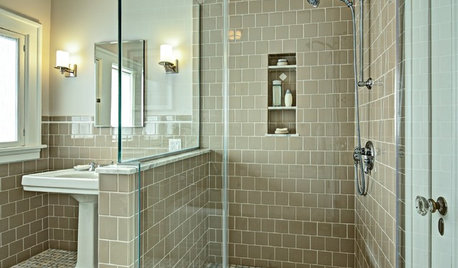
TILE10 Reasons to Consider 4-by-4-Inch Tile
Designers are embracing the once common but recently overlooked square tile in kitchens and bathrooms
Full Story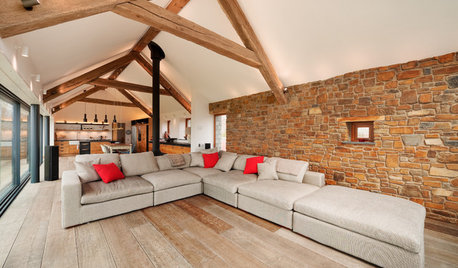
LIGHTINGHow to Light Your Ceiling Right
Discover the best lighting techniques to highlight 9 common ceiling features
Full Story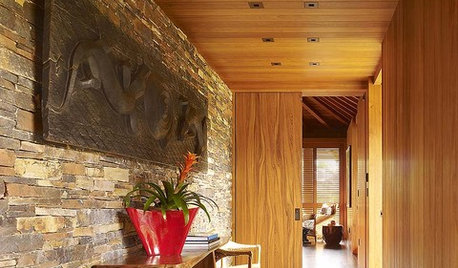
LIGHTINGRecessed Lighting 101
Looking to brighten a drab, dim space? Recessed lighting may be your answer. Here's what you need to know
Full Story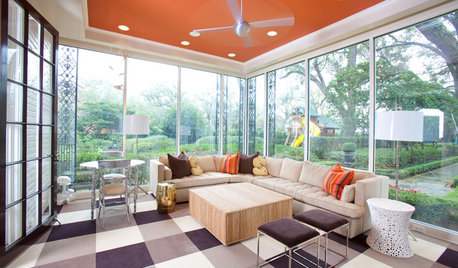
MOST POPULARHeads-Up Hues: 10 Bold Ceiling Colors
Visually raise or lower a ceiling, or just add an eyeful of interest, with paint from splashy to soothing
Full Story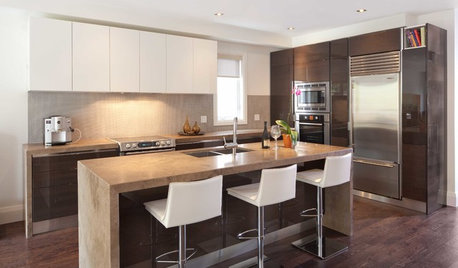
LIGHTINGGet Your Home's Recessed Lighting Right
Learn the formula for how much light a room needs plus how to space downlights, use dimmers and more
Full Story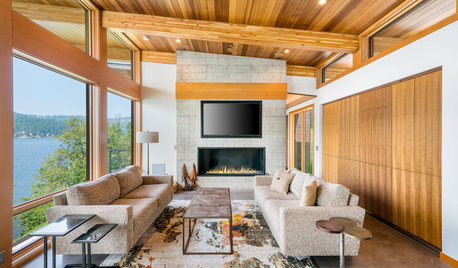
LIGHTINGThe Pros and Cons of Recessed Lighting
A lighting designer shares three things recessed lights do well and three things to watch out for
Full Story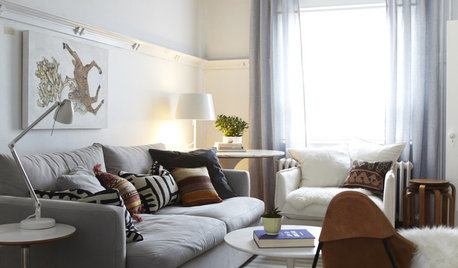
LIGHTING10 Ways to Get Your Lighting Right
Learn how to layer table lamps, floor lamps and overhead fixtures to get the lighting you need and the mood you want
Full Story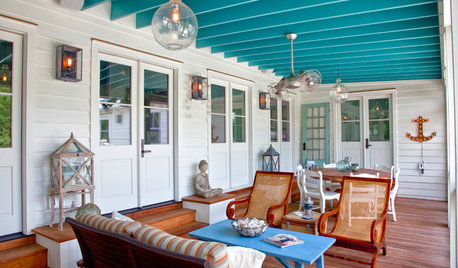
COLOR9 Fun Ceiling Colors to Try Right Now
Go bold overhead for a touch of intimacy or a punch of energy
Full Story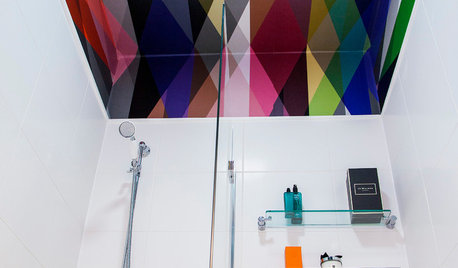
CEILINGS10 Times When Wallpapering a Ceiling Is a Good Move
Don’t ignore the blank canvas above your head. Wallpaper can transform it into a fabulous feature
Full Story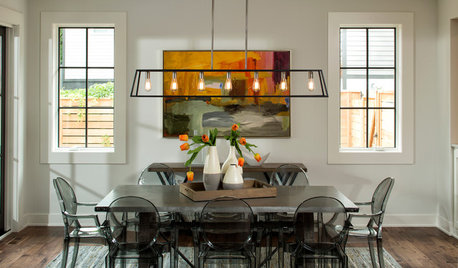
LIGHTINGA Designer’s Top 10 Tips for Interior Lighting
Consider these things when selecting the location, style and function of your home’s lighting
Full Story



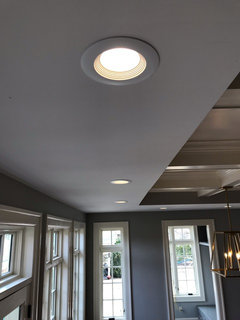



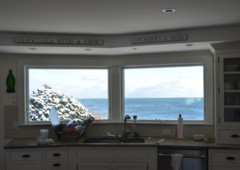
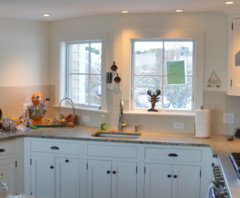


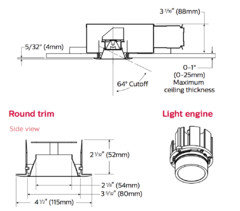

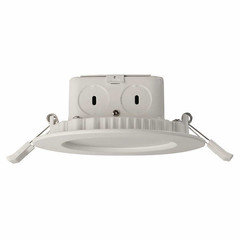



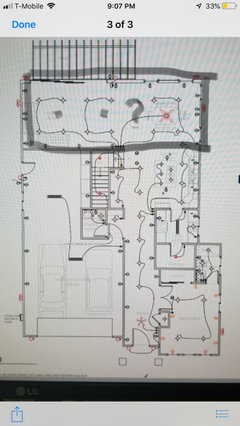
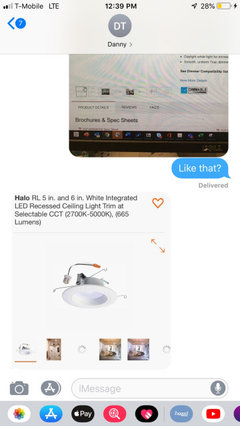

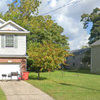

Christine Hatt-Pyne